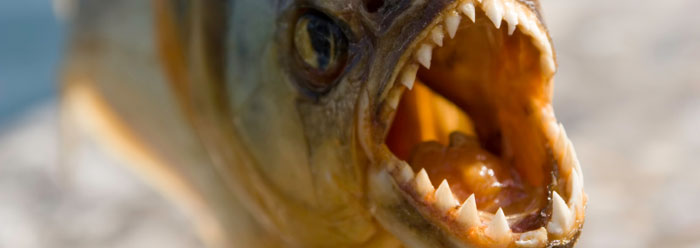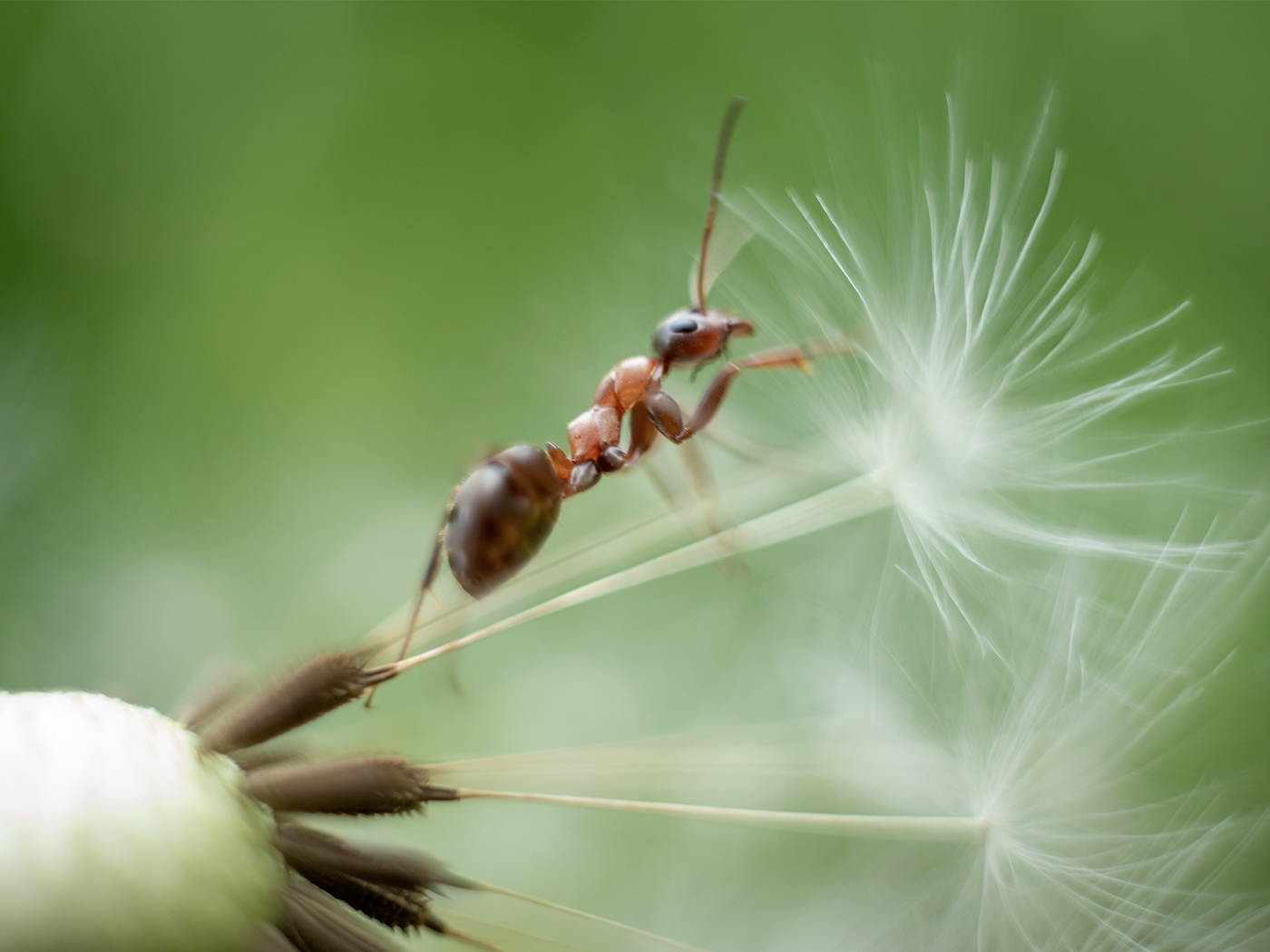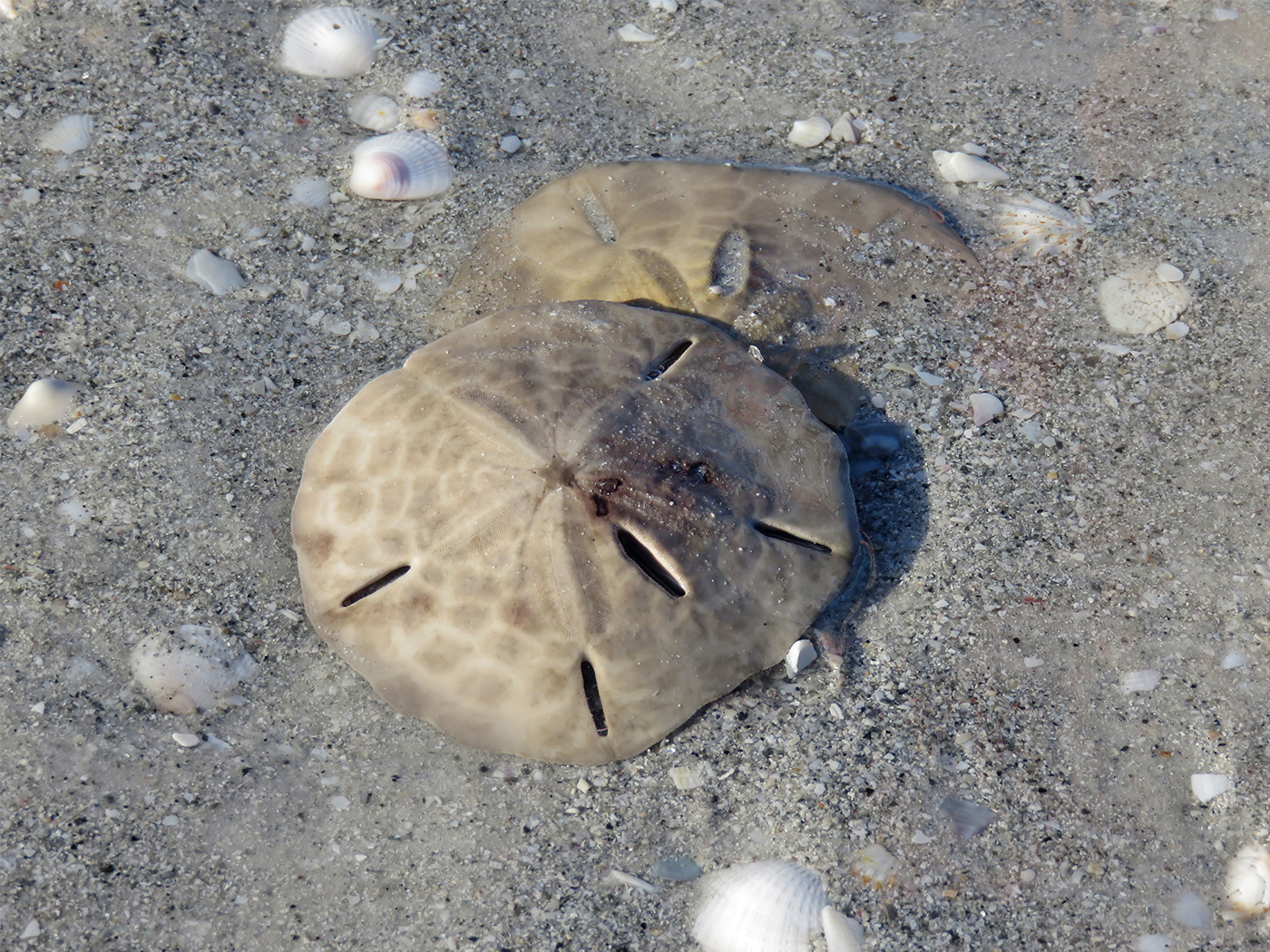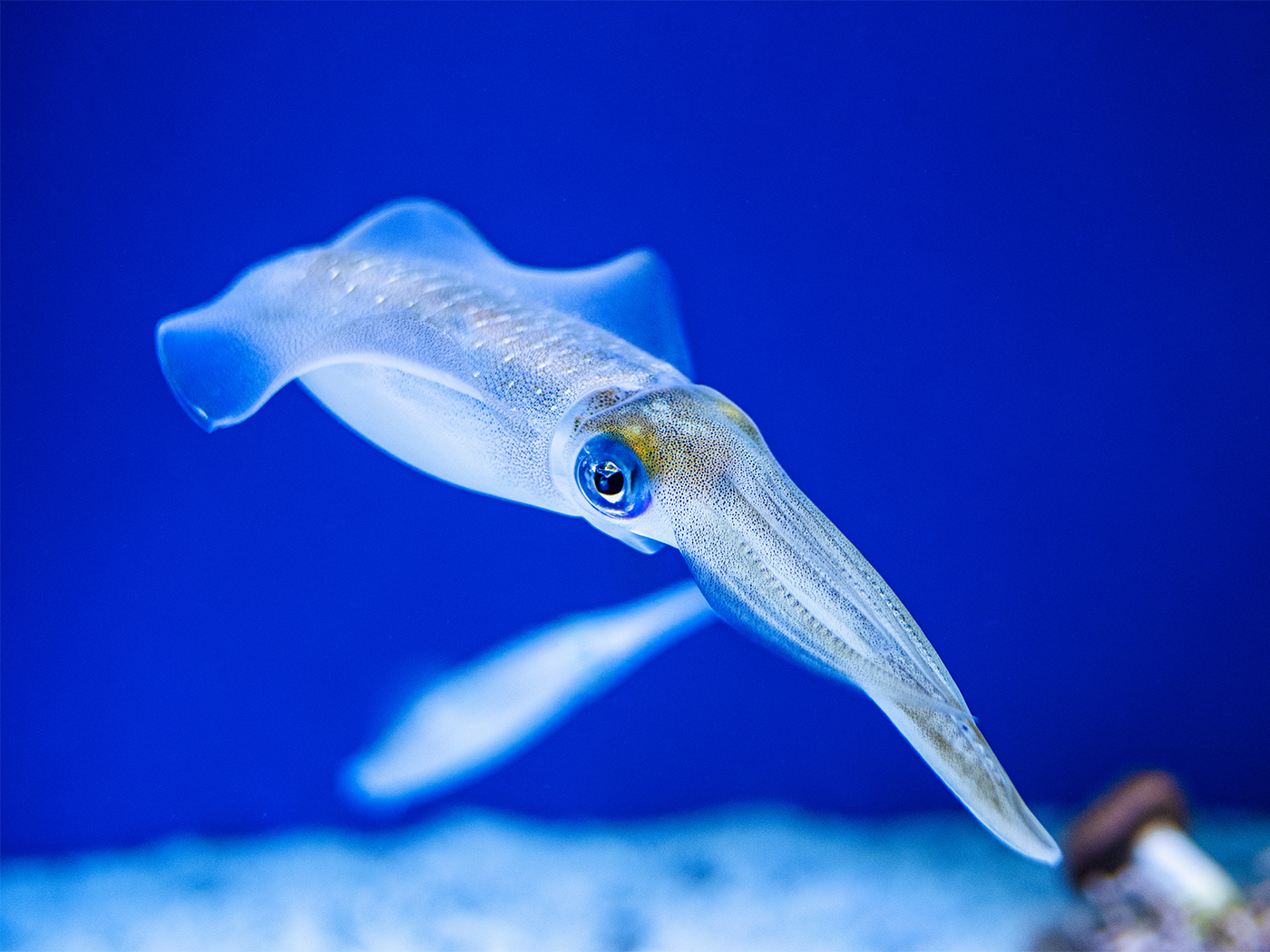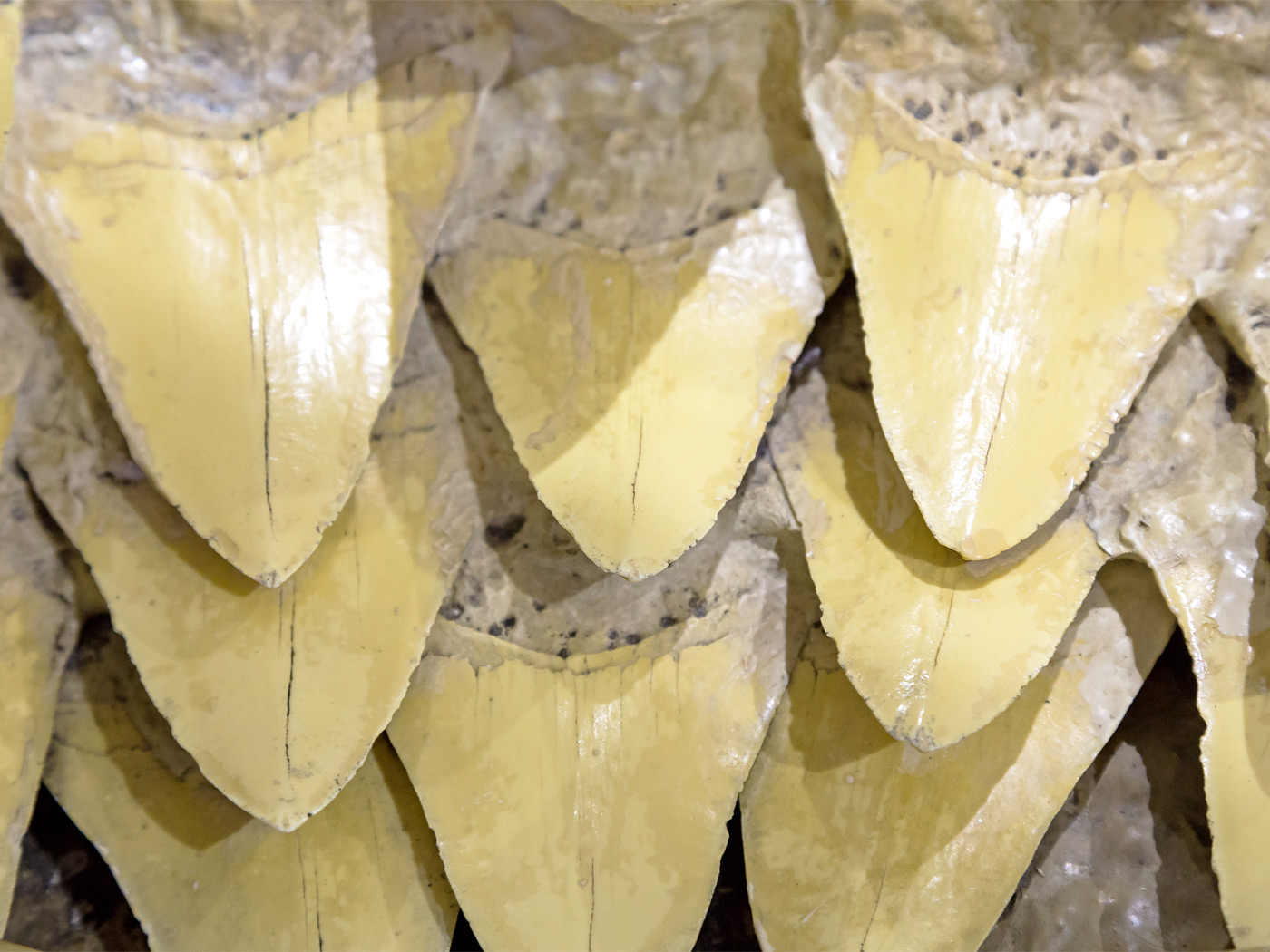Newly published research claims that a fossilized giant piranha, Megapiranha paranensis, supposedly bridges the “evolutionary gap between flesh-eating piranhas and their plant-eating cousins.”1
Those cousins, called pacus, are common aquarium fish. They look just like piranhas, but pacus have two rows of square-shaped teeth, whereas piranhas have a single row of triangular-shaped teeth. Piranhas nip bits of fins for food in the wild, and pacus eat seeds that fall into the water.
The fossilized jawbone in question has something in between, with certain teeth alternating in a zig-zag row. John Lundberg, curator at the Academy of Natural Sciences in Philadelphia and a co-author of the study published in the Journal of Vertebrate Paleontology, stated in a National Evolutionary Synthesis Center press release, “It almost looks like the teeth are migrating from the second row into the first row.”1 However, there are important oversights in the evolutionary-based reports of this new research.
First, there is no solid evidence that piranhas did not undergo the kind of “rapid evolution,” called “adaptive radiation,” that is commonly observed in specific plants and animal features. In other words, the assertion that this came from a “long process that produced the piranha's distinctive bite”1 has no scientific foundation.
Second, the “transitional” status afforded Megapiranha based on its tooth structure is a poor fit with a slow and gradual evolutionary process. This is partly due to its size. To claim that piranha ancestors evolved two rows of teeth, then evolved into creatures “four times the size of modern piranhas”1 with one row of teeth, then evolved smaller again is a “just so” story based on the presumption of macroevolution, not evidence.
But Megapiranha fits the creation model remarkably well, which holds that adaptation leads to variation within a kind (in this case the “piranha” kind). A creation-based article published in 2000 offered, “There is evidence that the ancestors of the piranha were once plant-eaters.”2 The author described possible scenarios involving loss of specificity of rows, degenerating down to a single row of teeth in some variants of the kind.
There is no disagreement with the possibility that pacus and piranhas may have shared a common piranha-like ancestor, nor that they may have shared a gene pool with the Megapiranha, but there is no science to support the concept that this piranha-like fossil represents a transitionary link in a long evolutionary chain from primordial slime to the complex creatures observed today.
References
- New fossil tells how piranhas got their teeth. National Evolutionary Synthesis Center press release, June 25, 2009, reporting on research published in Cione, A. L. et al. 2009. Megapiranha paranensis, a new genus and species of Serrasalmidae (Characiformes, Teleostei) from the upper Miocene of Argentina. Journal of Vertebrate Paleontology. 29 (2): 350-358.
- Catchpoole, D. 2000. Piranha. Creation ex nihilo. 22 (4): 20-23.
* Mr. Thomas is Science Writer at the Institute for Creation Research.
Article posted on July 22, 2009.




